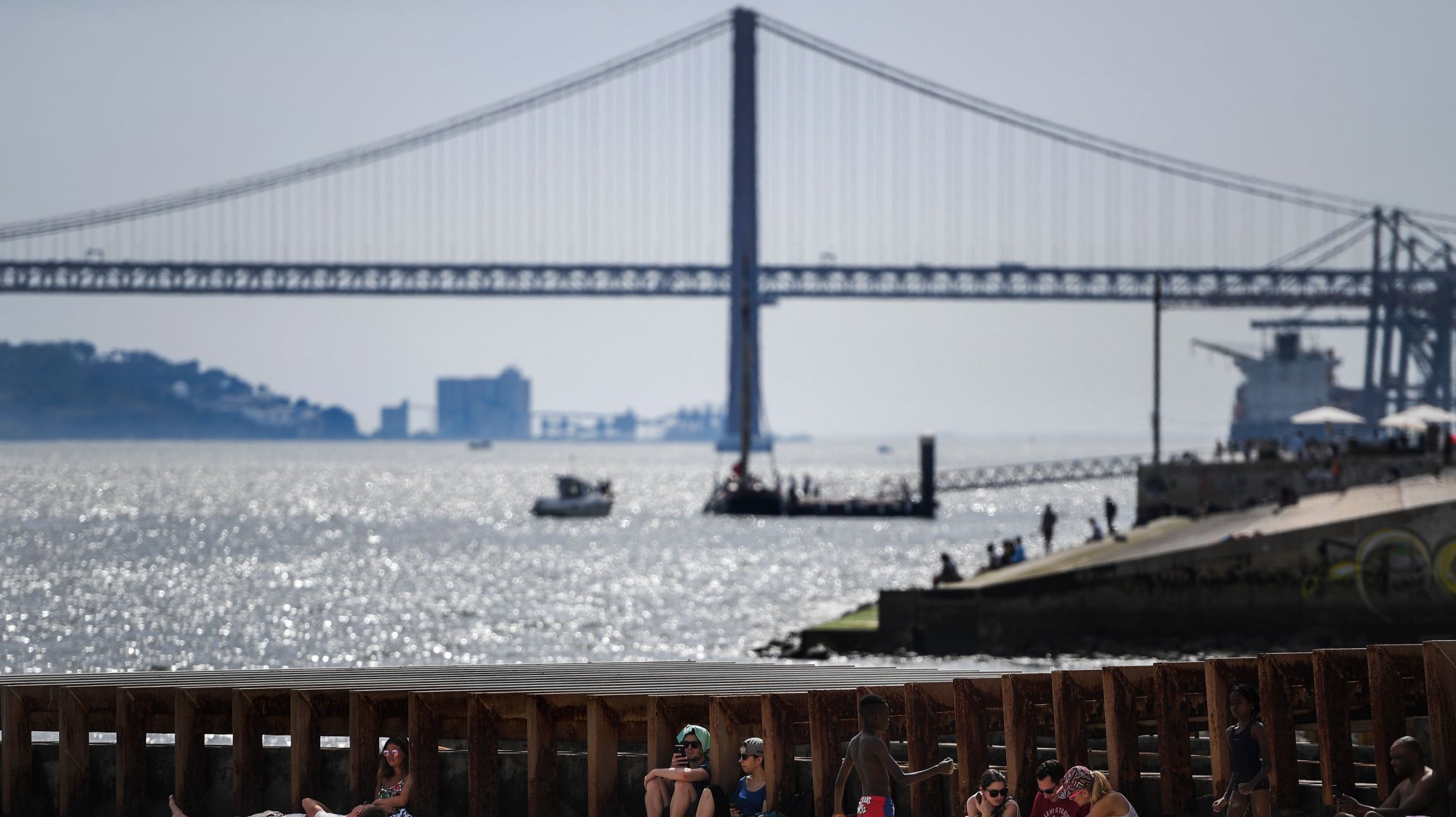The Memorial to the Enslaved, which won the Lisbon Participatory Budget in 2017, has not yet been built and the municipality is now proposing to install it in Ribeira das Naus, on land belonging to the Navy, the promoter association reported on Wednesday.
“The chamber was left to see if the land is still in the possession of the Navy and if it is available for the installation of the monument,” Evalina Dias, president of Djass – Association of Afro-descendants, which requested the Lisbon Participatory Budget (OP), told Lusa in 2017, the creation of a monument that provides. tribute to the millions of people enslaved by the Portuguese empire.
In addition to the intention to erect the monument on the lawn of Ribeira das Naus, on the river walk between Cais do Sodré and Terreiro do Paço, the meeting held this Wednesday between the association and the Councilor for Economy and Innovation, Joana Oliveira Costa (CDS -PP), it emerged that the municipality will also request “opinions” for this purpose from the current Institute of Cultural Heritage, which succeeded the General Directorate of Cultural Heritage (DGPC).
The Lisbon City Council guarantees the realization of the Memorial in Tribute to the Enslaved
The meeting, explained Evalina Dias, served to present “the new councillor”, who replaced Diogo Moura – accused of fraud crimes in the internal elections of the CDS-PP –, who suspended his functions at the request of the mayor, Carlos Moedas (PSD), and the municipality proposed once again the installation of the monument on a plot of land behind the European agencies in Cais do Sodré.
According to the founder of Djass, the association rejected this location because “it is in front of the Tagus River” and “does not invite seclusion” and contemplation of the monument, whose main objective is to pay tribute to the memory of the millions of “enslaved” people. Africans in Portugal throughout its history, specifically between the 15th and 19th centuries.”
The monument aims to honor the “Victims and resisters of yesterday and today.“, promote “the historical recognition of Portugal’s role in slavery and the slave trade” and evoke the legacies of this long period in Portuguese society today, “from the rich African cultural heritage to contemporary forms of oppression and discrimination” .
The proposal also aims to “contribute to the recognition of the central role that Portugal, and in particular the city of Lisbon, had in slavery and the slave trade”, celebrate African resistance “against the oppression of slavery” and “highlight the presence centenary of blacks and Africans in Portugal and their contribution to the Portuguese economy, culture and society.”
The memorial was one of the winners of the 2017 PO, which finances projects chosen by civil society, and in 2019 the municipality increased the budget allocation for its execution to 150 thousand euros, in addition to confirming the creation, in a second phase, of an associated interpretation center, which allows a historical contextualization of the topic, in a building next to Largo José Saramago (Campo das Cebolas).
In 2018, Djass created a consultative group made up of activists linked to the black and anti-racist movement and experts in history, postcolonial studies, art and museology, to choose the author of the memorial, which fell to “Plantação”. , by the Angolan artist Kiluanji Kia Henda, formed by hundreds of sugar canes in aluminumthe “white gold” that was at the origins of the slave trade.
To install the memorial in Campo das Cebolas and reduce the impact of the “plantation”, Kia Henda reduced the black aluminum canes, three meters high, from 540 to 400.
However, according to Evalina Dias, the proposal, despite the green light from the executive of Fernando Medina (PS), ended up being suspended by the new council of Carlos Moedas (PSD), alleging a lack of mandatory opinions from the DGPC, since It is in the Special Protection Zone of the Lisbon Cathedral, a national monument.
Lisbon City Council accused of “boycotting” the Memorial to the Enslaved. The Culture Councilor speaks of “political attack”
The then DGPC gave a negative opinion on the project due to the significant visual impacts of the “plantation” on the connection between the square and nearby properties, such as the Casa dos Bicos, and the Tagus.
The Lisbon Mobility and Parking Company (EMEL) also issued an unfavorable opinion due to the risk of drilling the roof of the Largo José Saramago car park to fix the 400 aluminum sugar canes.
Despite the setbacks and delay in finding a location for the Memorial to the Enslaved, Evalina Dias said that “the councilor said that she is very interested and committed to the project moving forward” and, therefore, Djass will now wait for the municipality evaluates the viability of the Kia Henda “plantation” becoming a reality.
Lusa contacted the office of Councilor Joana Oliveira Costa, but has not yet received a response.
Source: Observadora
